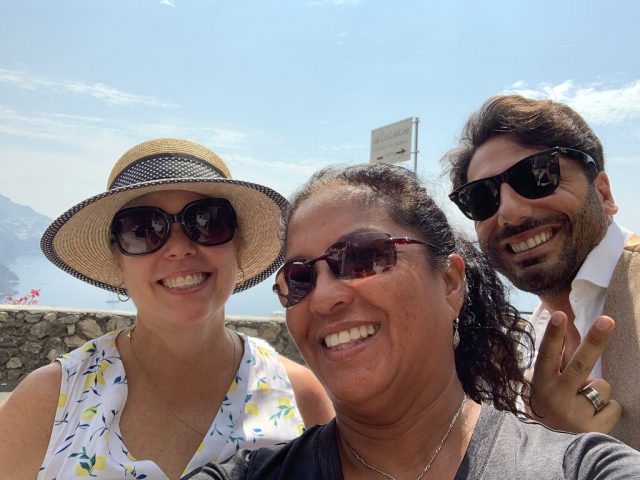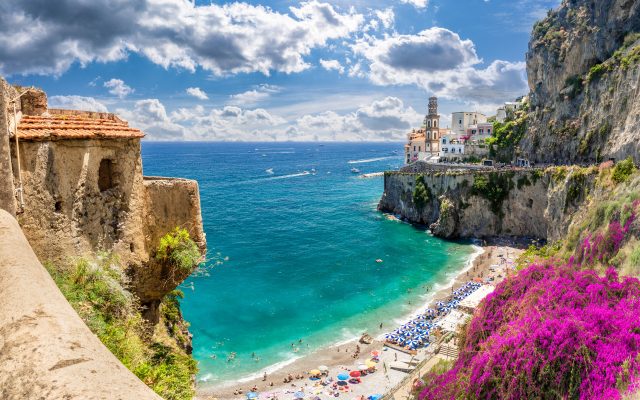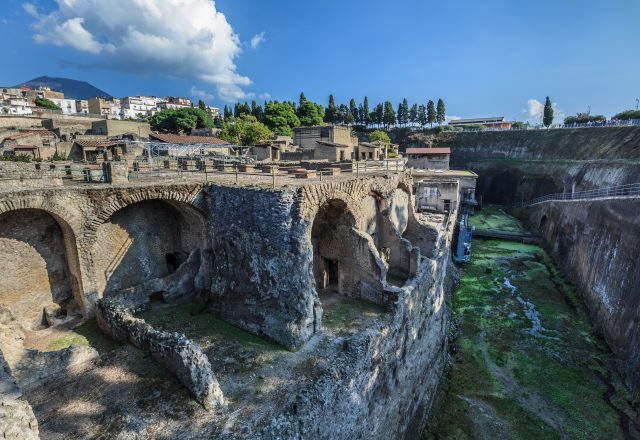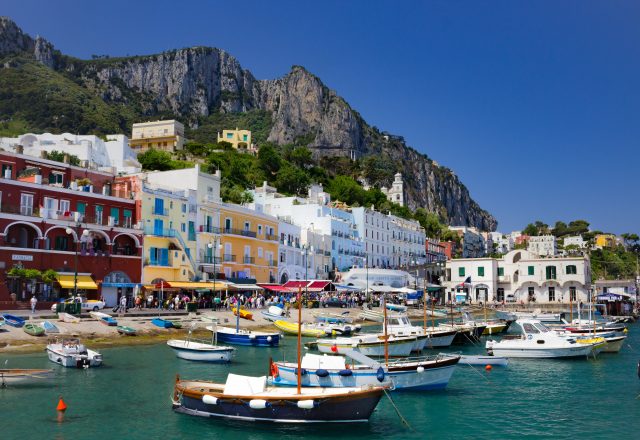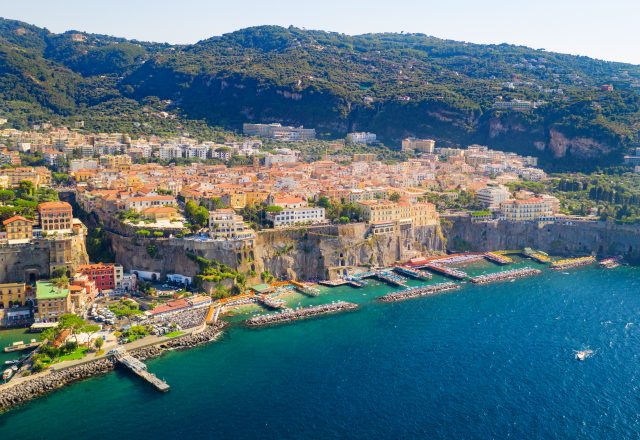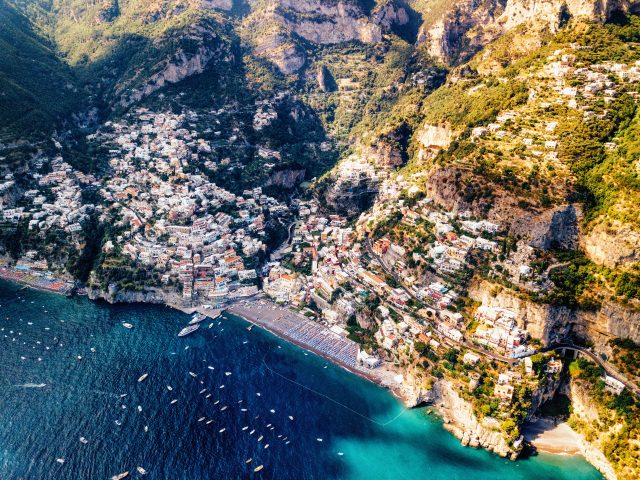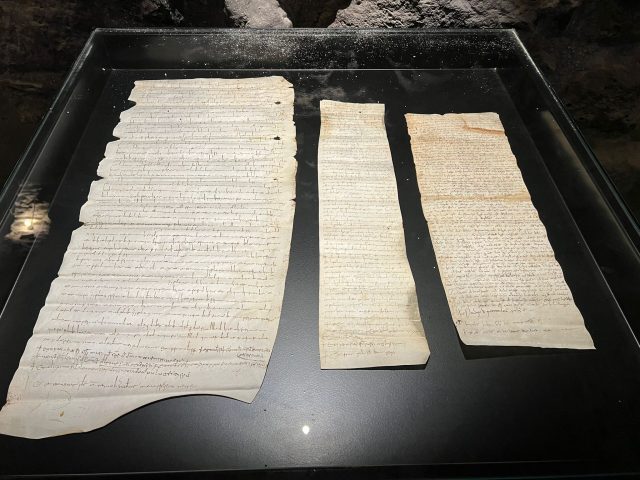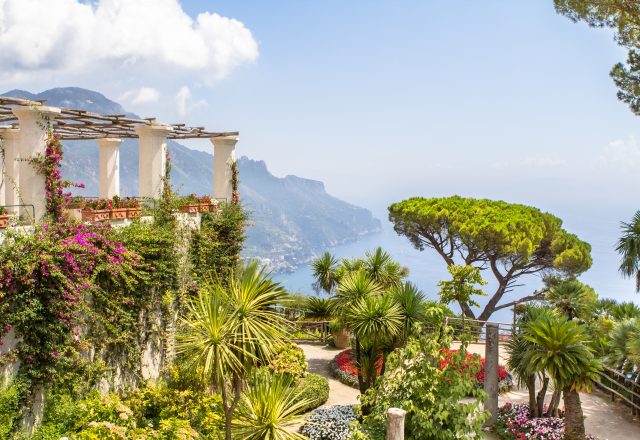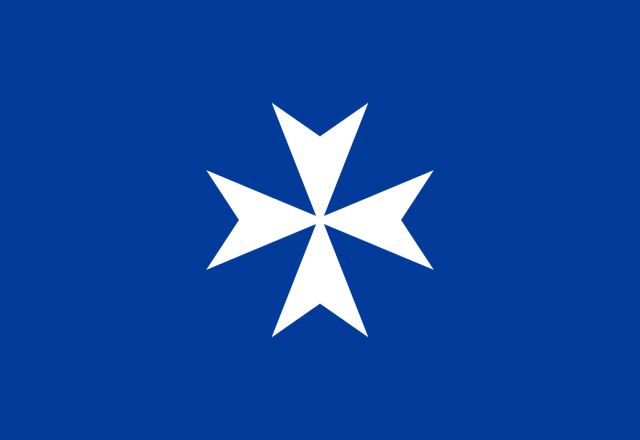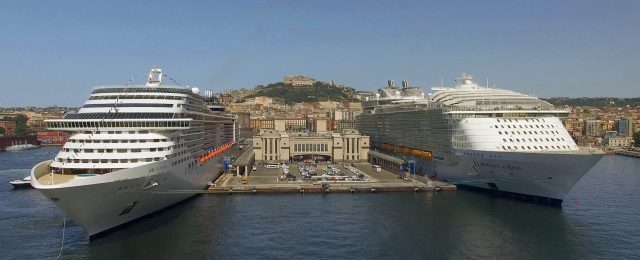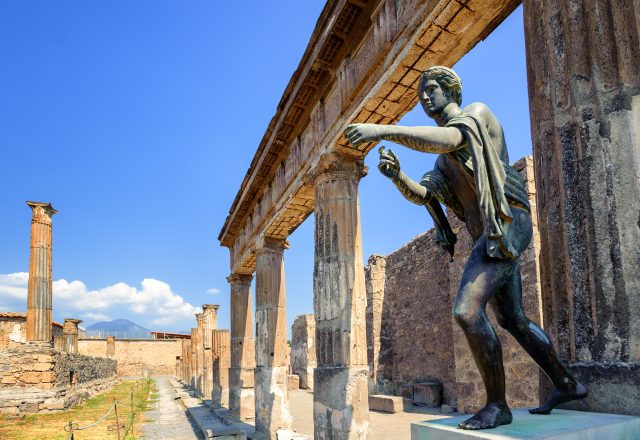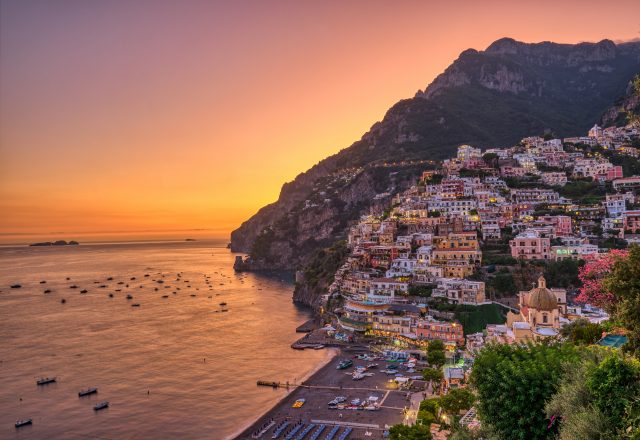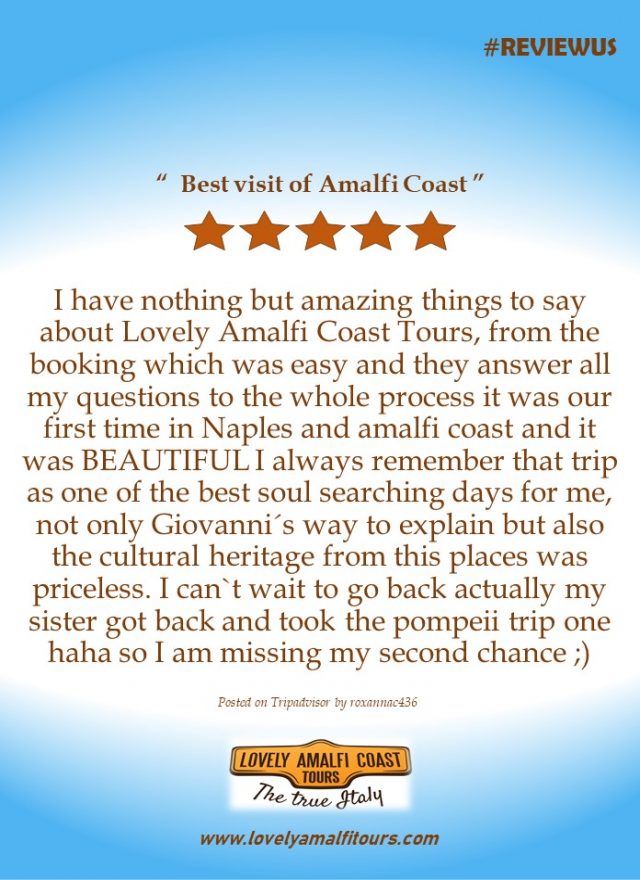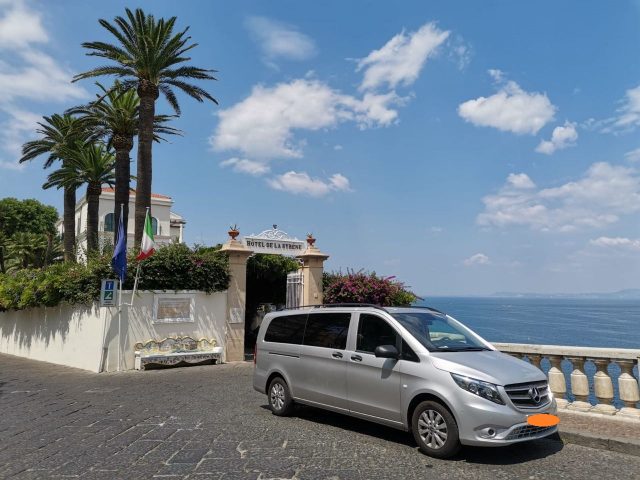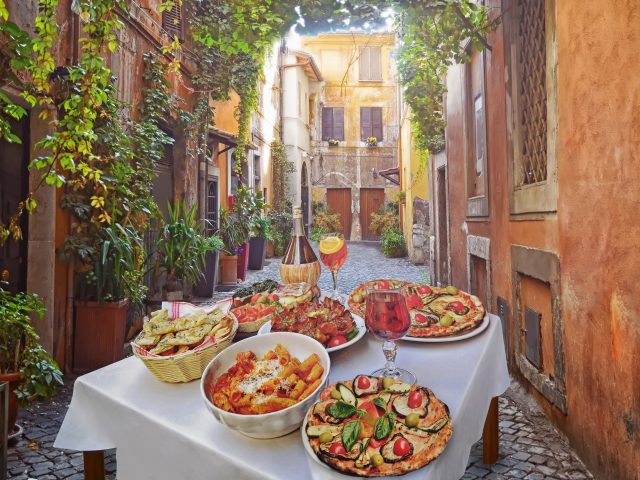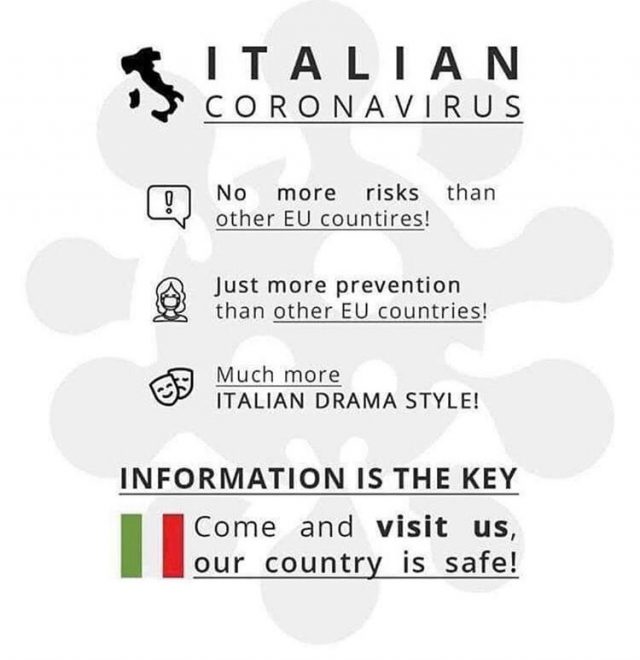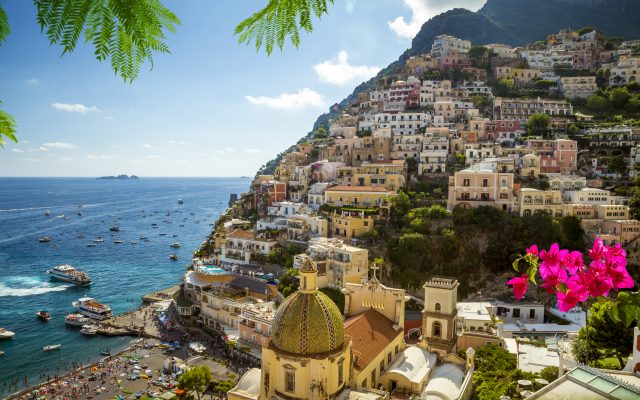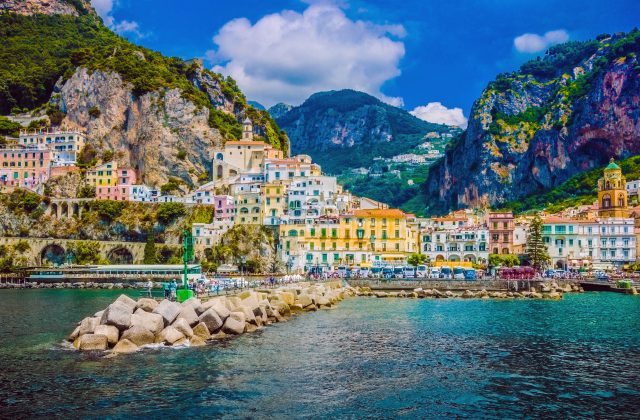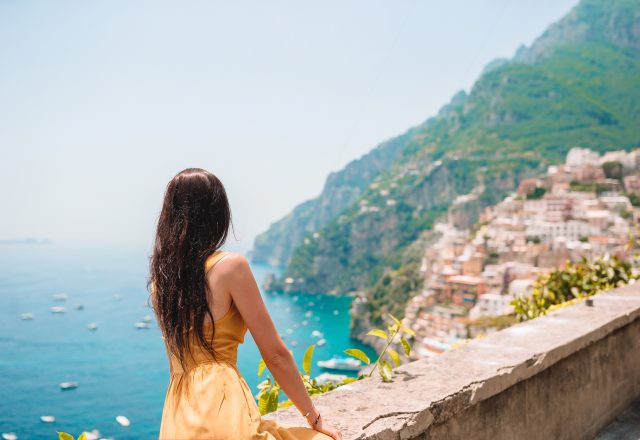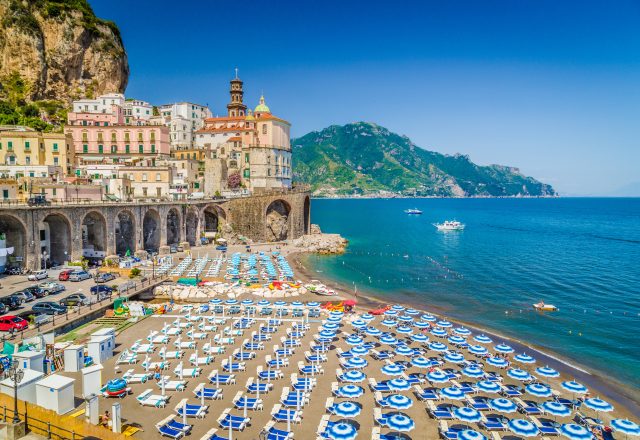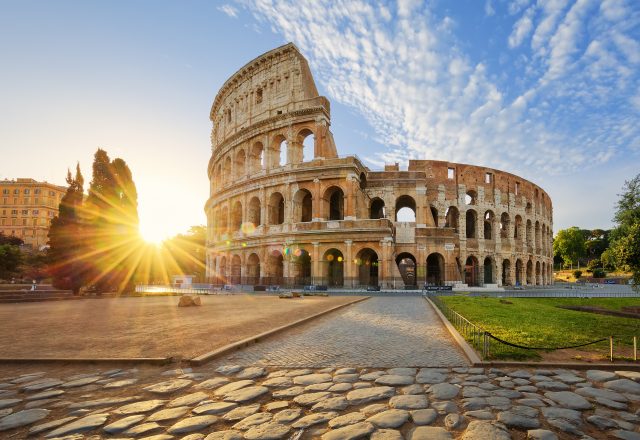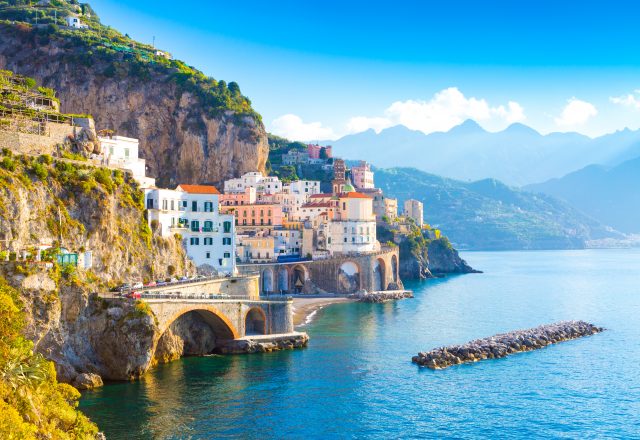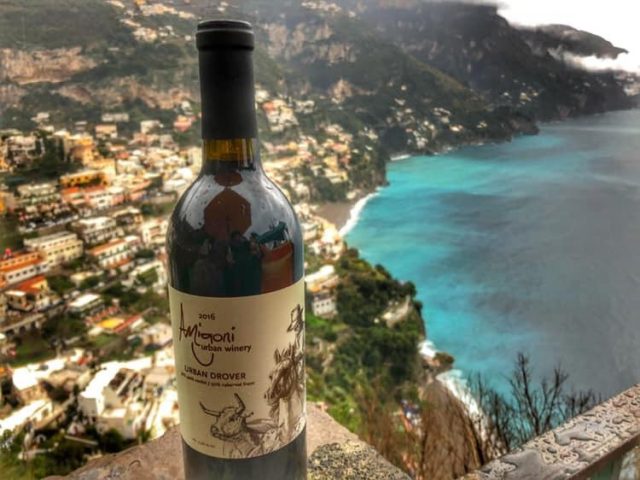Amalfi , one of the most important maritime republic
One of the most famous city in the world, that gives its name to an entire cost, it's Amalfi, UNESCO heritage from 1997.
The name come from a mythological origin, it is said that Amalfi was a young girl loved by Hercules and buried in this land. Historically speaking, the city was founded by Romans, who find refugees in this land after Germanic invasions, and used as a stronghold by Byzantine duke of Naples with whom the city keep a long and prosperous relationship thank to the experience of Amalfi marines.
Along with Venice, Genova, and Pisa, Amalfi was one of the marine Republic, and the Amalfi population contributed to invent the compass, used as an instrument for navigator since XIII century.
Thanks to their expertise in marine navigation, they kept a good relationship with cities in their surrounding. In the IX century it obtained the autonomy from Naples, and after this event, the city was ruled by a count elected by people, and then by a duke.
Despite its rivalry against the other marine Republics, the city was able to expand its commercial dominion thanks to colonies located in foreign countries. It also expanded its territories. We are able to trace al the details and how the society of Amalfi worked thanks to the "Tavola di Amalfi", a series of rules established long time ago and followed until the XVIII century.
After a brief dominion by prince Salerno Guaimaro V, Amalfi was conquered by Roberto il Guiscardo, followed Marino Sebaste the last duke of Amalfi. Few months after this they founded a League, lead by the Pope, along with Pisa. With the excuse to free the city from the dominion of Guiscardo, they take the city where two years of violence and looting followed.
The civil wars ended in 1132, with the conquest of the city by Normans Ruggiero II, with whom the commercial trade became prosperous once more, became one of the main sources of southern economy. Four years later, Amalfi fleet, was attacked by Pisa. Pisans entered into the city and their invasion began. This along with the Normans' policies of closing to Byzantine and Muslim countries led the trades to a downfall.
In the following years the city was still highly considered for the marine traffic in south Italy. The military fleet was very strong as well, famous are the victories against Arabs. Such as the battle of Ostia, where the Amalfi fleet was crucial to avoid the entrance of the invaders in Rome.
The remains of a medieval arsenal were still preserved in Amalfi, it was used for the building of war ships, and where still functional to the firs half of XIV. Lost in 1343 after a flood submerged the structure.
From the XV the long downfall of the city, got worse with the Aragonese dominion, that took away part of commercial trades, and the situation culminated in the black plague in 1643, that brought the death of one third of the entire population. Rich families moved to Naples and Amalfi almost became a ghost town.
Between XVIII century and XIX century, artisans, such as watchmaker, blacksmiths, coral jewelleries, and "centrellari" (blacksmiths that created nails) started their business. A road that unites Naples to Amalfi city was commissioned by Giuseppe Bonaparte in 1807 and finished in 1854. In the following century Amalfi along with Capri and Naples became major touristic attractions.

